International African American Museum celebrates life and memory on 'hallowed ground'
The International African American Museum opens in Charleston, USA, acknowledging 'hallowed ground' and celebrating life and memory
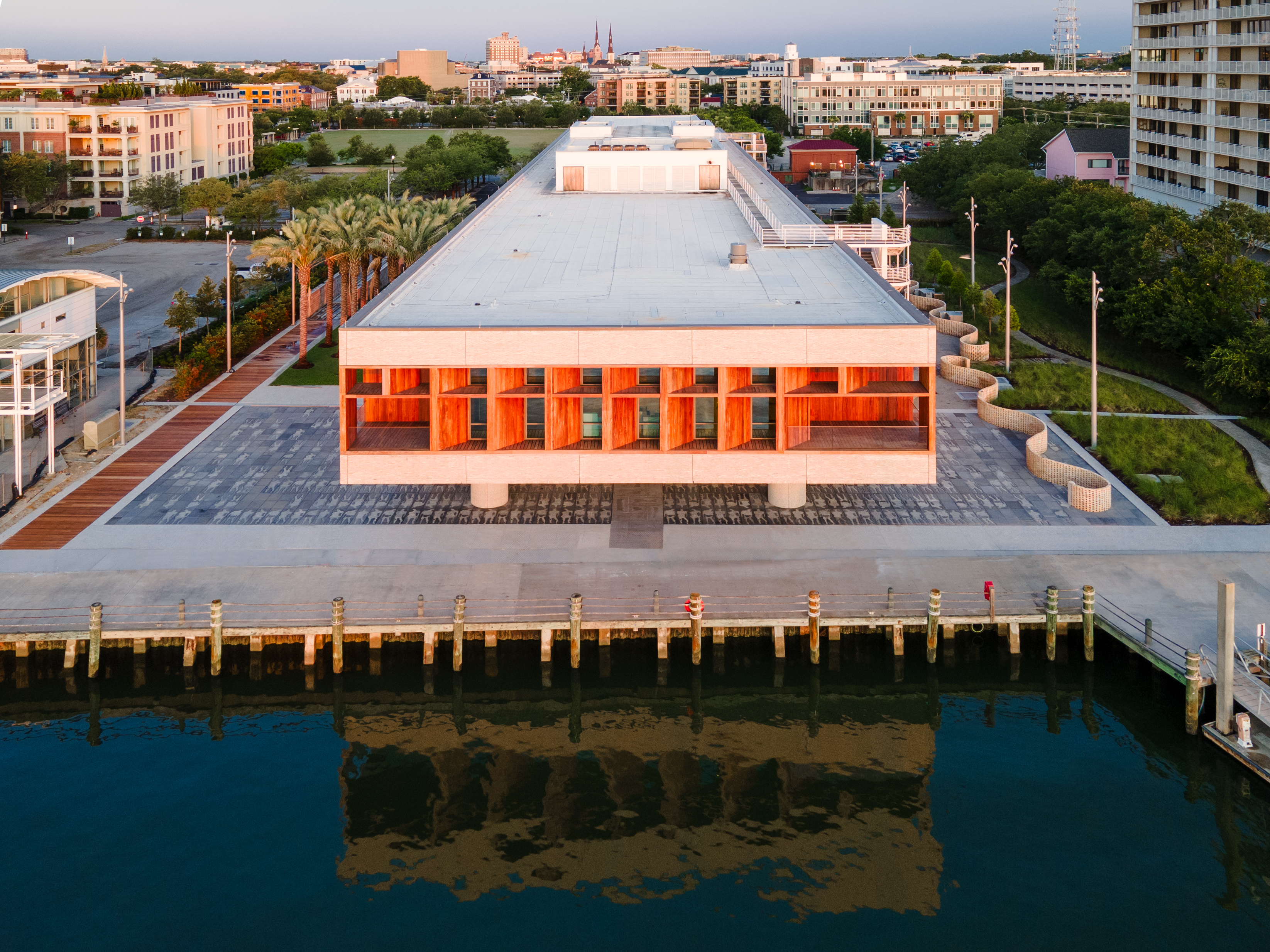
After more than two decades in the making, the International African American Museum (IAAM) is about to open its doors to the public. Located in Charleston, South Carolina, the new American institution is fully dedicated to telling the stories of enslaved Africans brought to North America in the 18th and 19th centuries and celebrating their and their descendants' lives and contributions. The much-anticipated opening is highlighted further by a striking design created by a team comprising architects Pei Cobb Freed & Partners and Moody Nolan, landscape designers Hood Design Studio, and exhibition designers Ralph Appelbaum Associates.
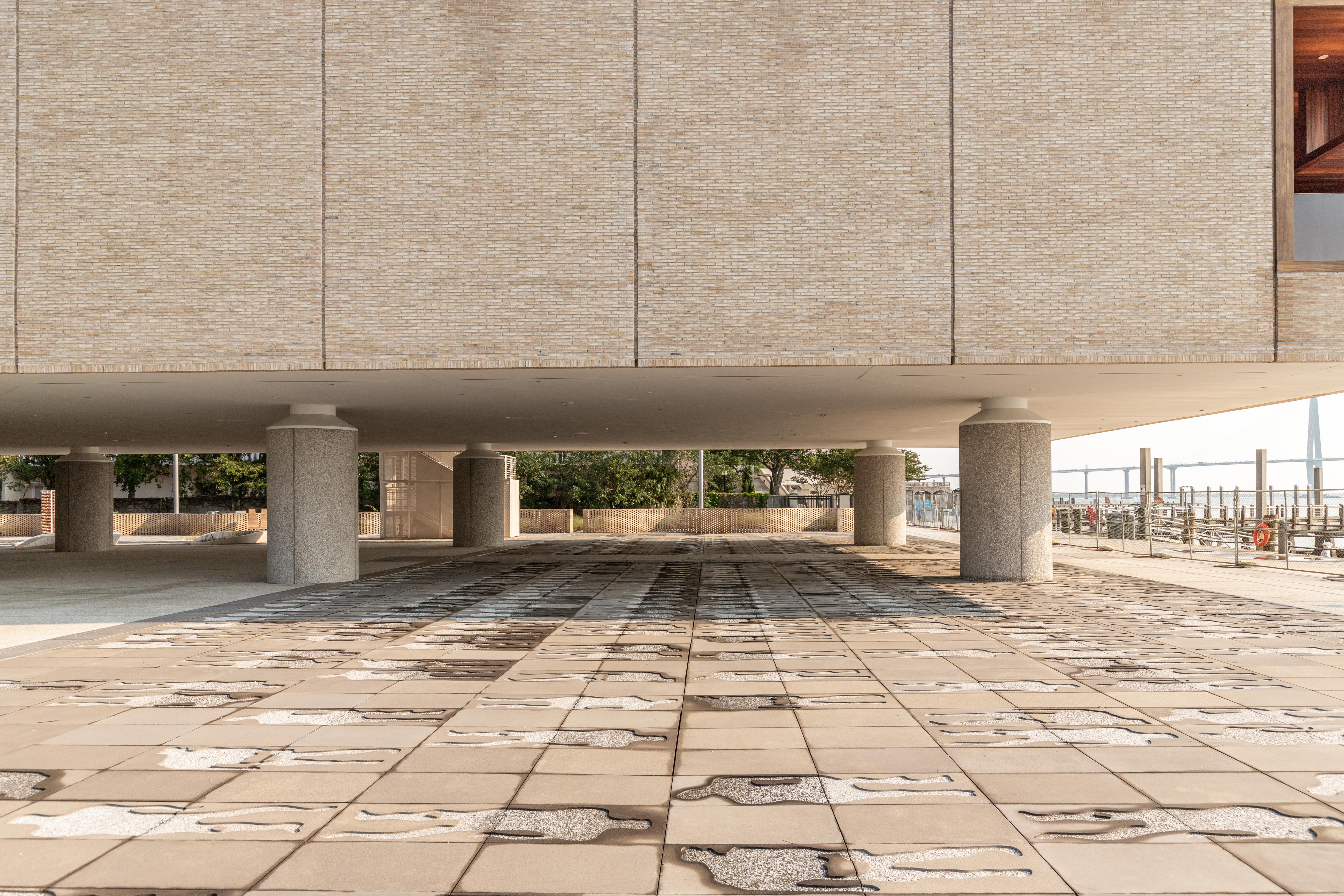
International African American Museum: honouring sacred ground
'As the place where thousands of Africans from diverse cultures first set foot in North America,' wrote lead designer the late Henry N Cobb at the project’s inception, commenting on the site, which was the port of arrival for nearly half of all enslaved Africans brought to North America, 'Gadsden’s Wharf is not just the right place to tell this story; it is hallowed ground. The special design challenge of the museum is to build on this site without occupying it.'
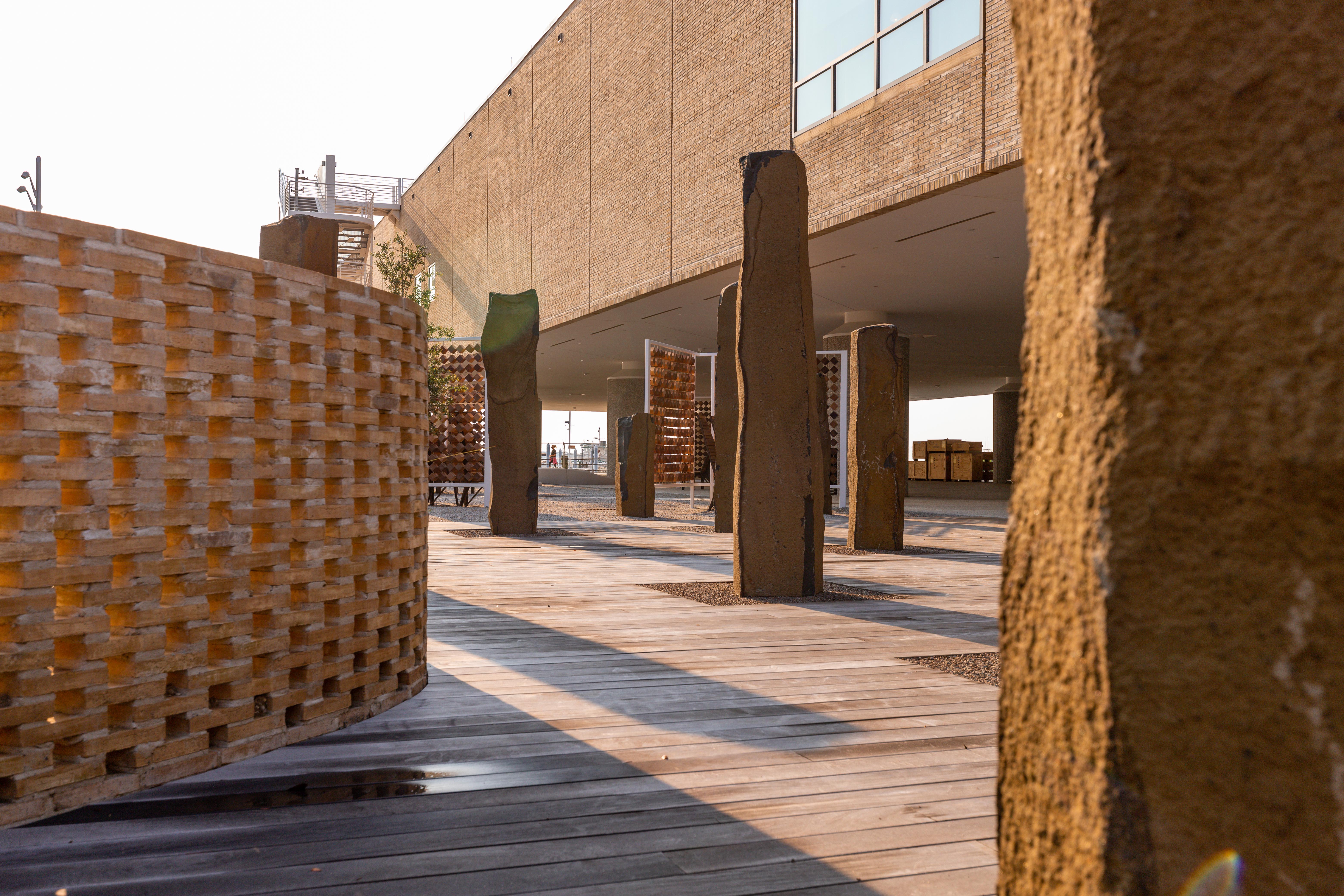
'The International African American Museum is more than a mark of architecture, it’s an extraordinary milestone,' said Curt Moody, founder of Moody Nolan. 'Having worked for the last 15 years to dream this into being, we are intimately aware of the cultural significance it has for American history. Without this building, this sacred site would have remained unknown and the stories of our ancestors untold. It’s an honour and a privilege to work on a project that has this kind of tenacity, and we recognise that the opportunity to leave an impression on people around the world, for generations to come, is a rare gift.'
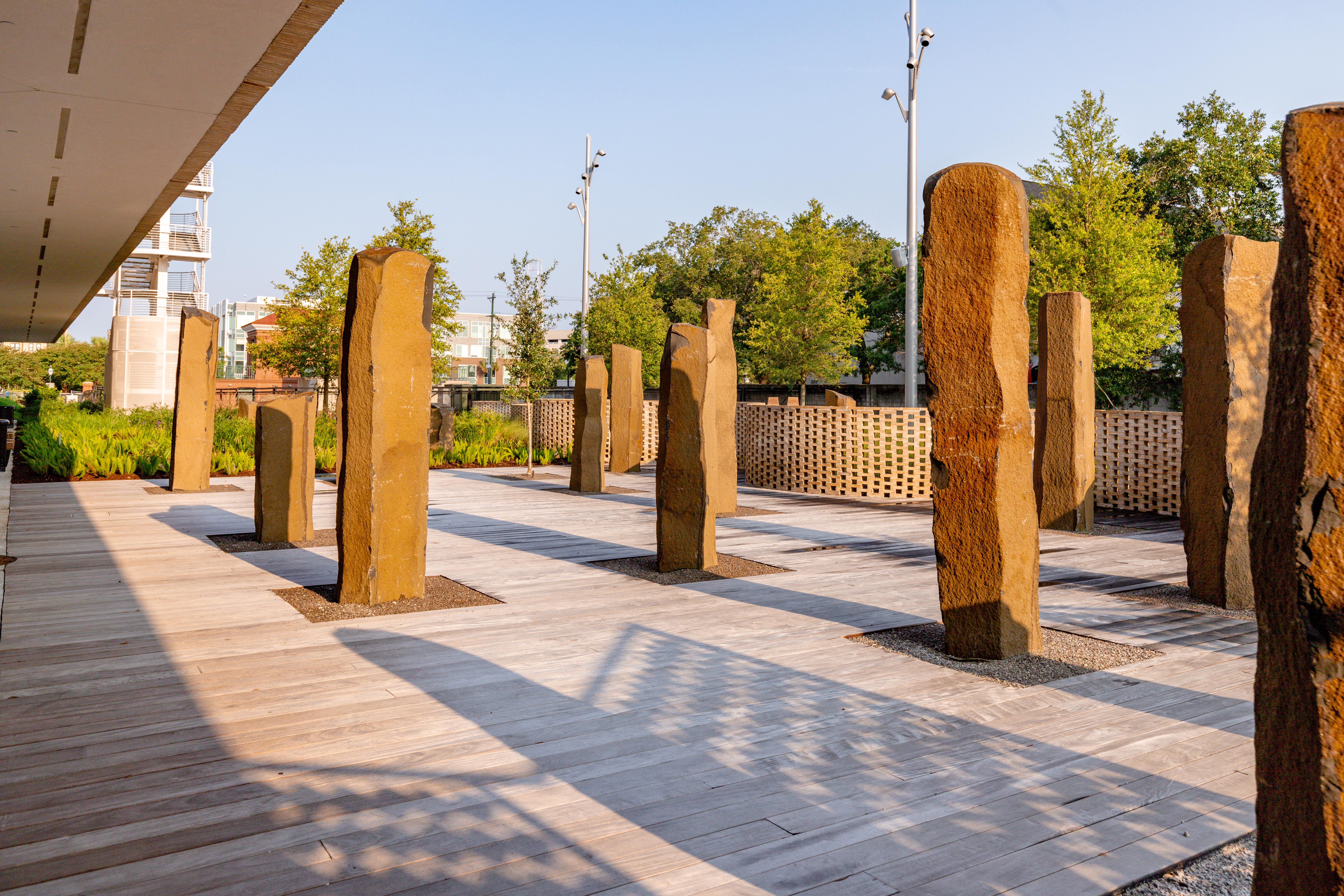
The IAAM design lifts its imposing, expansive 426ft-long, 84ft-wide, single-storey main volume 13ft above ground, standing on 18 cylindrical pillars. Underneath and around it, public spaces of all kinds unfold, from open, flexible terraces to green enclosures and sculpture gardens. The openness represents 'the heart of the site’s collective memory', its authors explain. Amid this context, the African Ancestors Memorial Garden by Hood Design Studio invites reflection and remembrance.
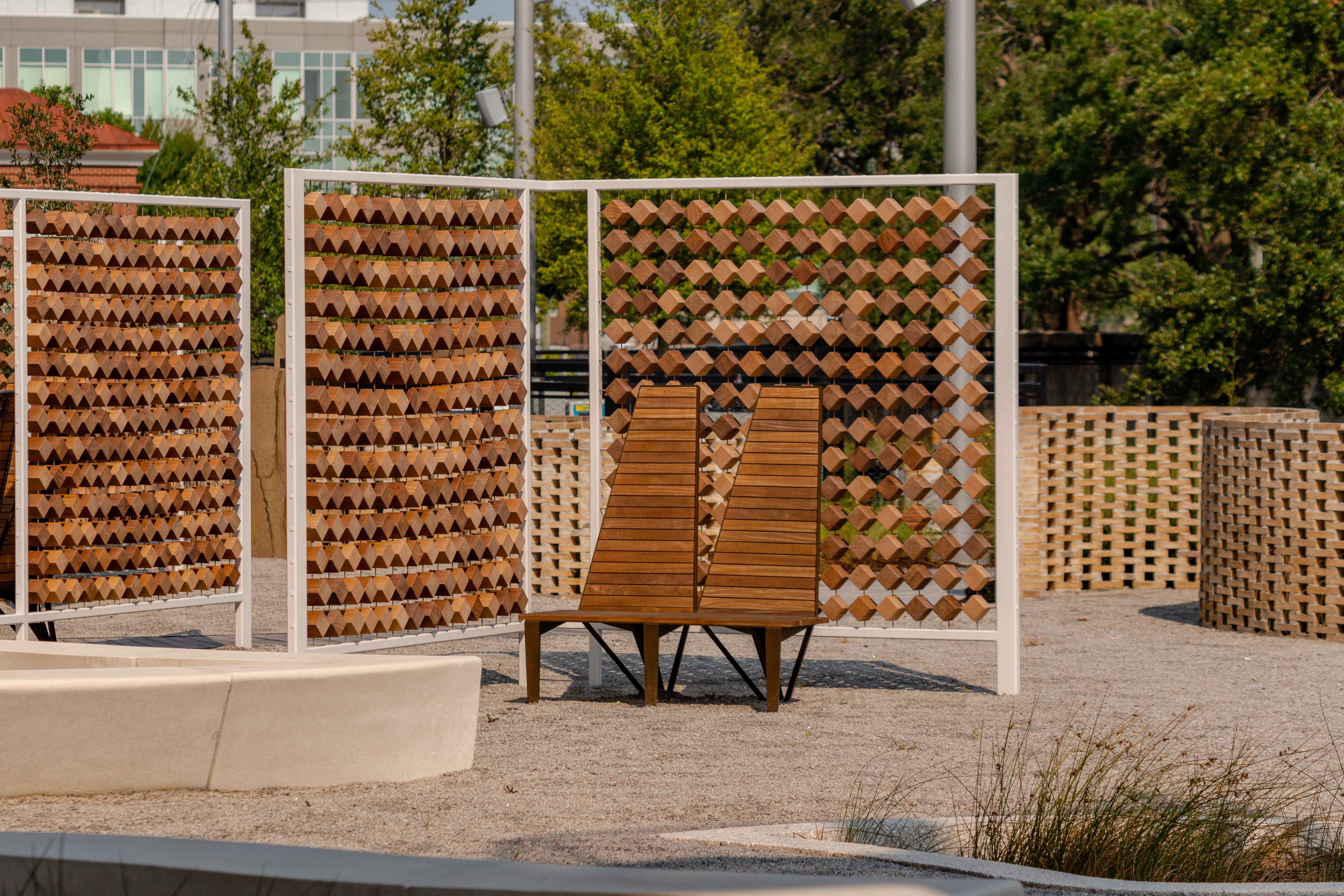
'The Ancestors Garden – the site where many enslaved Africans first touched North America – is a series of spaces and exhibits that establishes this site as an authentic place of arrival, a place for becoming. The ground beneath the museum is the artifact of the site. As a rich tapestry of water, tabby [a lime and seashell-based material], grasses, wood, and stone, the hallowed ground and landscape spaces offer contemplation, celebration, and fraught memories,' says practice creative director Walter Hood.
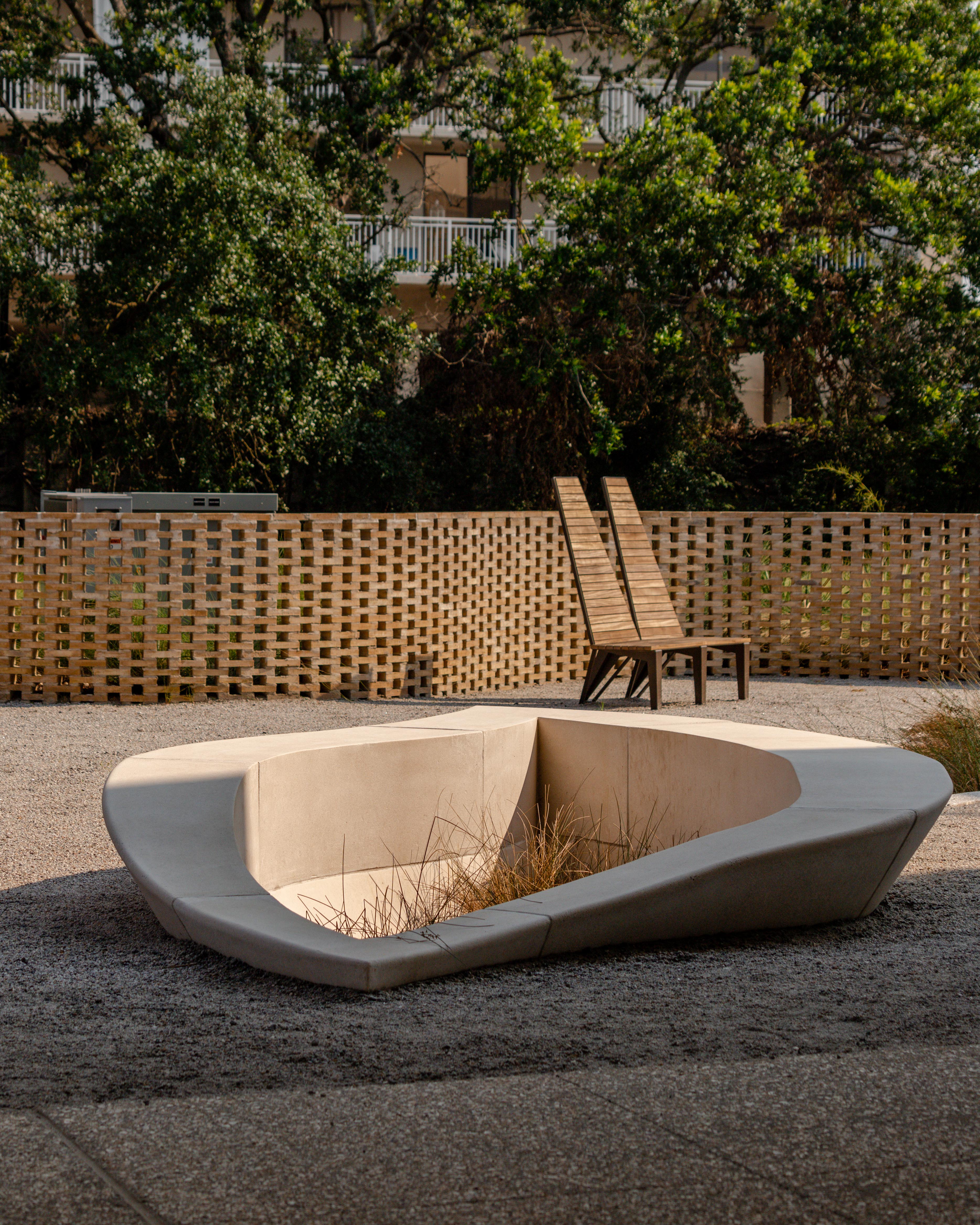
Following a grand launch on 24 June 2023, the International African American Museum will officially open to the public on 27 June.
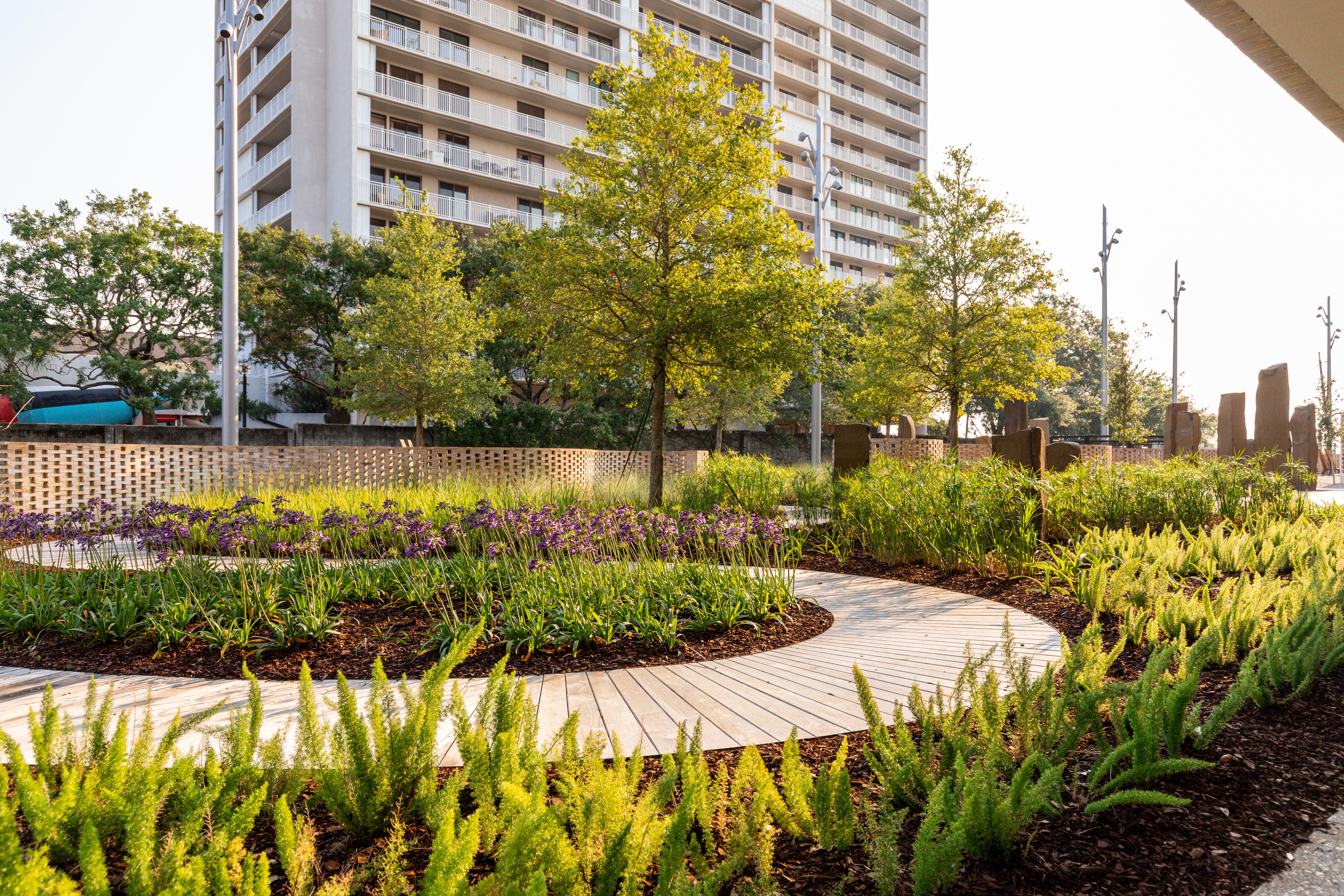
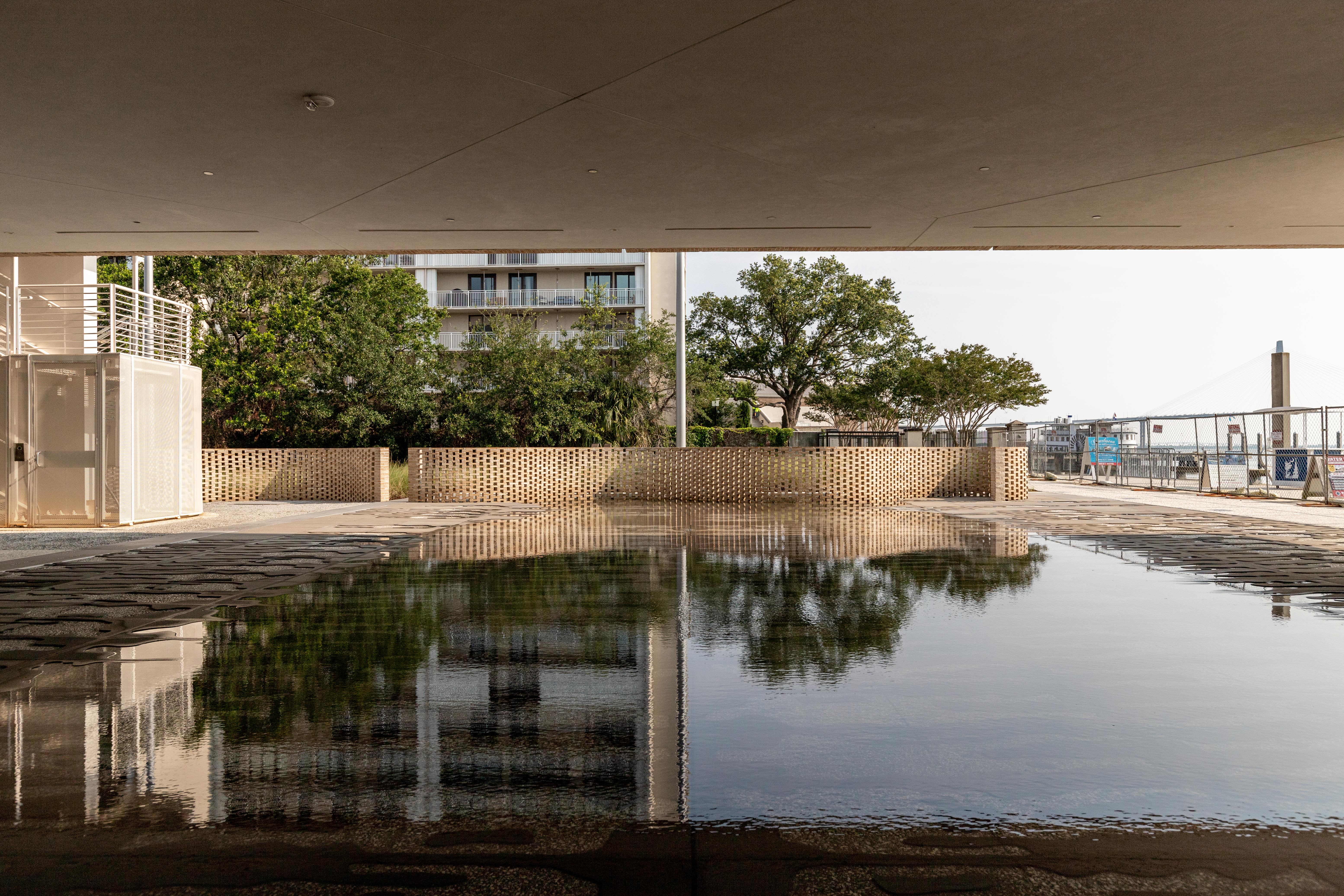
Wallpaper* Newsletter
Receive our daily digest of inspiration, escapism and design stories from around the world direct to your inbox.
Ellie Stathaki is the Architecture & Environment Director at Wallpaper*. She trained as an architect at the Aristotle University of Thessaloniki in Greece and studied architectural history at the Bartlett in London. Now an established journalist, she has been a member of the Wallpaper* team since 2006, visiting buildings across the globe and interviewing leading architects such as Tadao Ando and Rem Koolhaas. Ellie has also taken part in judging panels, moderated events, curated shows and contributed in books, such as The Contemporary House (Thames & Hudson, 2018), Glenn Sestig Architecture Diary (2020) and House London (2022).
-
 Marylebone restaurant Nina turns up the volume on Italian dining
Marylebone restaurant Nina turns up the volume on Italian diningAt Nina, don’t expect a view of the Amalfi Coast. Do expect pasta, leopard print and industrial chic
By Sofia de la Cruz
-
 Tour the wonderful homes of ‘Casa Mexicana’, an ode to residential architecture in Mexico
Tour the wonderful homes of ‘Casa Mexicana’, an ode to residential architecture in Mexico‘Casa Mexicana’ is a new book celebrating the country’s residential architecture, highlighting its influence across the world
By Ellie Stathaki
-
 Jonathan Anderson is heading to Dior Men
Jonathan Anderson is heading to Dior MenAfter months of speculation, it has been confirmed this morning that Jonathan Anderson, who left Loewe earlier this year, is the successor to Kim Jones at Dior Men
By Jack Moss
-
 This minimalist Wyoming retreat is the perfect place to unplug
This minimalist Wyoming retreat is the perfect place to unplugThis woodland home that espouses the virtues of simplicity, containing barely any furniture and having used only three materials in its construction
By Anna Solomon
-
 We explore Franklin Israel’s lesser-known, progressive, deconstructivist architecture
We explore Franklin Israel’s lesser-known, progressive, deconstructivist architectureFranklin Israel, a progressive Californian architect whose life was cut short in 1996 at the age of 50, is celebrated in a new book that examines his work and legacy
By Michael Webb
-
 A new hilltop California home is rooted in the landscape and celebrates views of nature
A new hilltop California home is rooted in the landscape and celebrates views of natureWOJR's California home House of Horns is a meticulously planned modern villa that seeps into its surrounding landscape through a series of sculptural courtyards
By Jonathan Bell
-
 The Frick Collection's expansion by Selldorf Architects is both surgical and delicate
The Frick Collection's expansion by Selldorf Architects is both surgical and delicateThe New York cultural institution gets a $220 million glow-up
By Stephanie Murg
-
 Remembering architect David M Childs (1941-2025) and his New York skyline legacy
Remembering architect David M Childs (1941-2025) and his New York skyline legacyDavid M Childs, a former chairman of architectural powerhouse SOM, has passed away. We celebrate his professional achievements
By Jonathan Bell
-
 The upcoming Zaha Hadid Architects projects set to transform the horizon
The upcoming Zaha Hadid Architects projects set to transform the horizonA peek at Zaha Hadid Architects’ future projects, which will comprise some of the most innovative and intriguing structures in the world
By Anna Solomon
-
 Frank Lloyd Wright’s last house has finally been built – and you can stay there
Frank Lloyd Wright’s last house has finally been built – and you can stay thereFrank Lloyd Wright’s final residential commission, RiverRock, has come to life. But, constructed 66 years after his death, can it be considered a true ‘Wright’?
By Anna Solomon
-
 Heritage and conservation after the fires: what’s next for Los Angeles?
Heritage and conservation after the fires: what’s next for Los Angeles?In the second instalment of our 'Rebuilding LA' series, we explore a way forward for historical treasures under threat
By Mimi Zeiger